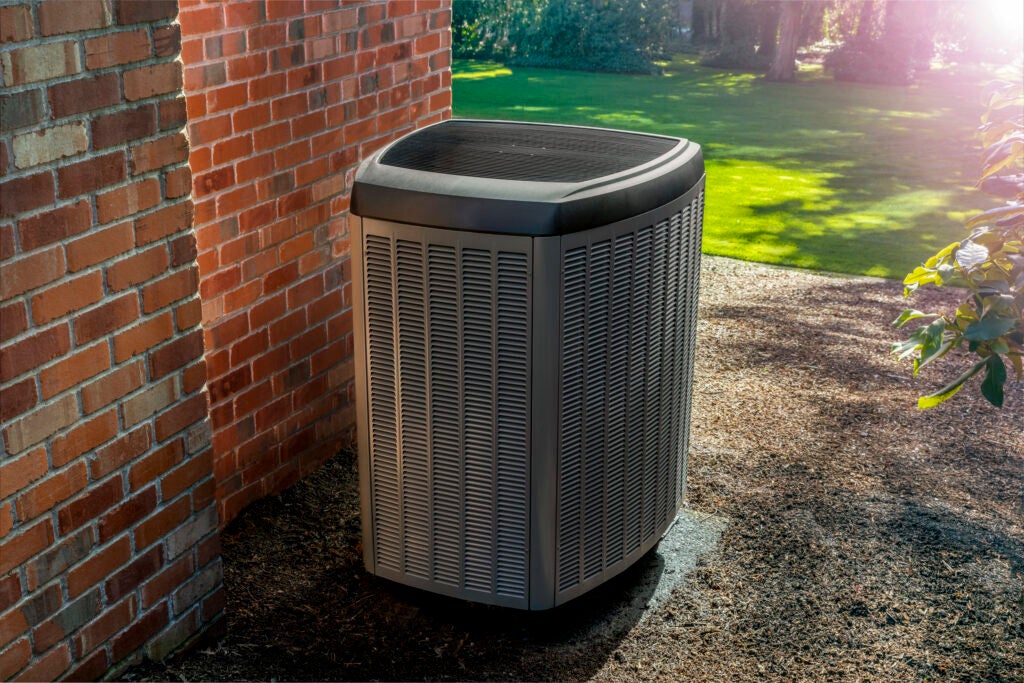
A dual-fuel system is a home comfort system that combines an electric heat pump with a gas furnace. The system is designed to alternate between the electric and gas to maximize efficiency while ensuring a comfortable home.
During the summer months, when you need cooling, the heat pump works like an air conditioner, cooling the home as needed.
During the mild weather in the spring and fall the heat pump continues to condition the home, providing heating as needed.
However, when the temperatures fall as winter approaches, the heat pump turns off and lets the furnace take over. As long as the outside temperature is over approximately 35°F, a heat pump can pull heat from the outside air to condition the home for less than it would take to start the furnace. Essentially, the furnace is only used during the coldest times of the year to heat the home.
How Does A Duel Fuel System Work?
During the milder weather the comfort system transfers energy instead of making it by burning fuel. Using the furnace for air distribution only (no burners, no heat), the heat pump will send hot refrigerant through the air conditioning coil inside the furnace. The furnace’s fan takes the cooler air from the home via the air returns and blows it across the warm coil, warming the air. The warmed air is then circulated throughout the house to keep the home at the proper temperature.
It’s the same process used during the cooling season, just reversed, courtesy of a dual fuel heat pump. While an air conditioner can only move refrigerant through the system one way, a heat pump can force refrigerant in either direction – one way to cool and one way to heat.
Is A Dual Fuel System Right For My Home?
Here are a few things to review as you consider a dual fuel system.
Complete A Load Analysis
Despite your existing system’s specs, you may experience a difference in load if you’ve completed any improvement projects since installation or have an issue with system design. We recommend having a load analysis performed by a professional HVAC company to get started.
Compare System Options
The best way to compare different technologies is to rely on the Seasonal Energy Efficiency Ratio or SEER. As a general rule, the higher the SEER number, the more efficient the equipment. While more efficient equipment can cost more to purchase, homeowners typically see a reduction in cooling costs by up to 15% for every two-point increase in SEER.
Review Utility Costs
If natural gas is increasing faster than electrical rates the payback period would be shorter than if you have lower priced natural gas and extremely high electrical bills. A key benefit of a dual fuel system is switching the utility load to a less expensive source in milder weather.
Confirm Project Scope
Dual fuel heat pumps work well as an air conditioning replacement as long as the furnace is compatible. Older furnaces may have to be replaced to work with a dual fuel heat pump which can add to the scope of the project.
Explore Savings Opportunities
Energy saving tax credits could help offset additional purchase costs. Be sure to add additional special discounts or rebates from the HVAC contractor as well as any expected energy savings to get a true view of the cost of the HVAC system upgrade.
Ready To Learn More?
To request a free consultation to explore your HVAC system replacement, simply fill out the form below. An associate will be in touch with you within one business day to set up an appointment time that is convenient for you and your family.
"*" indicates required fields